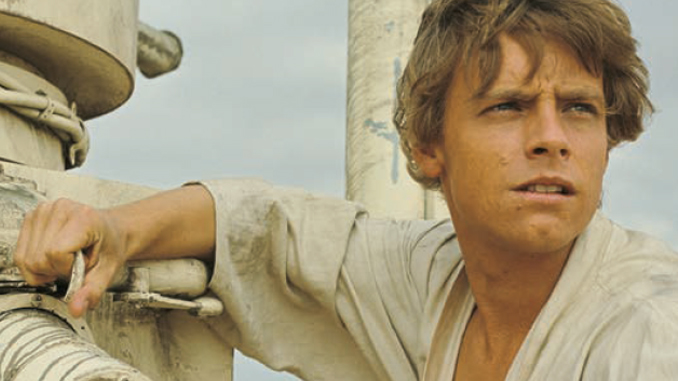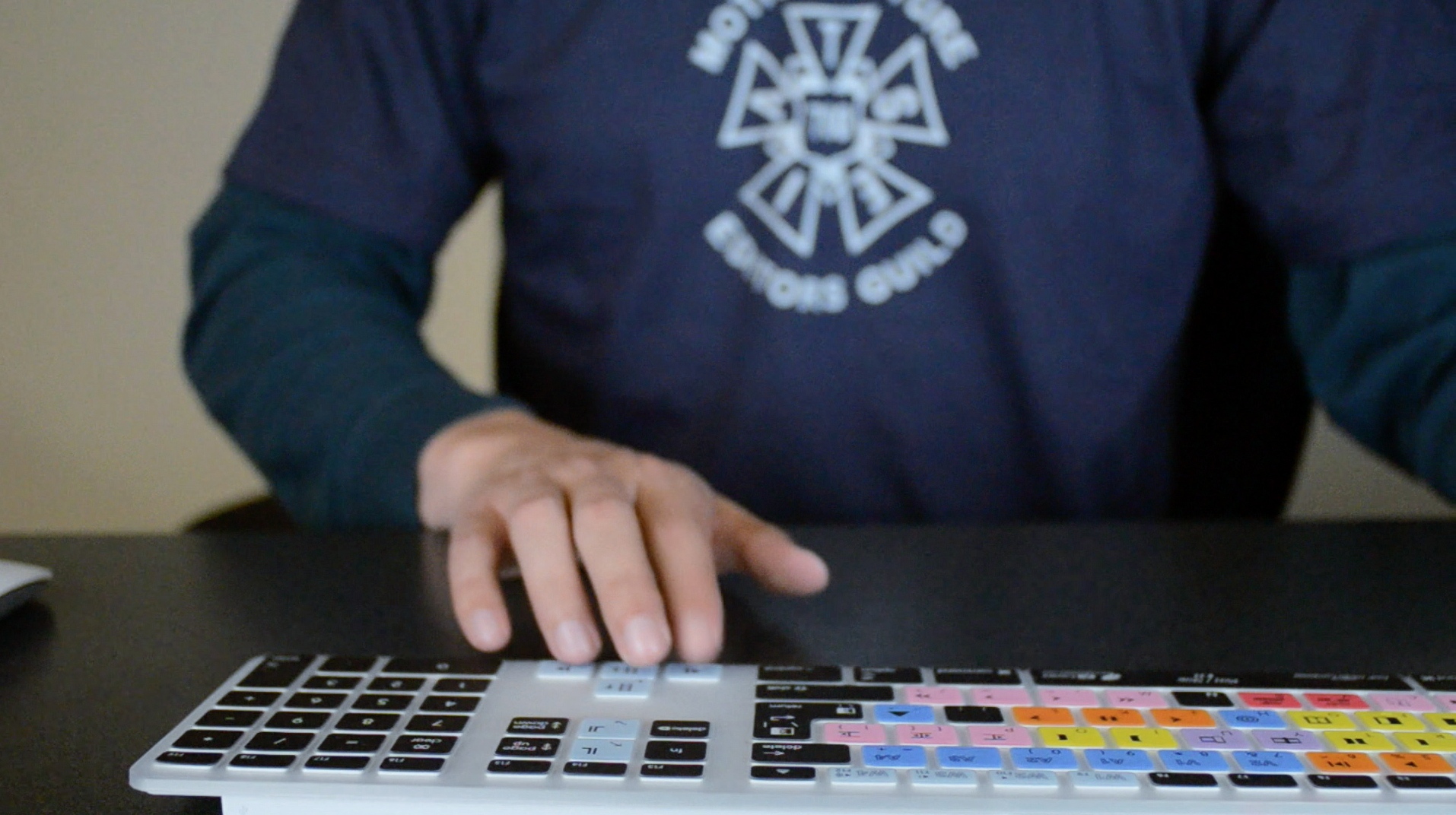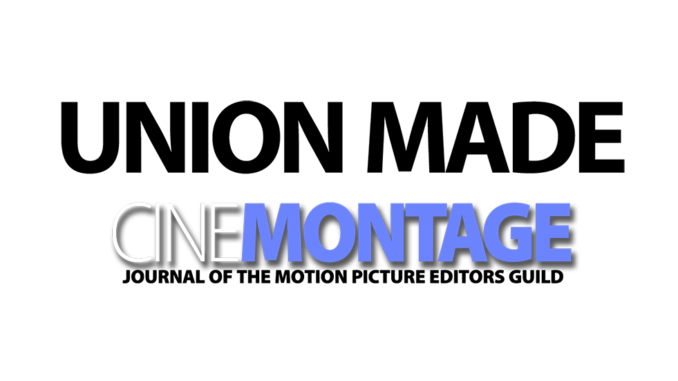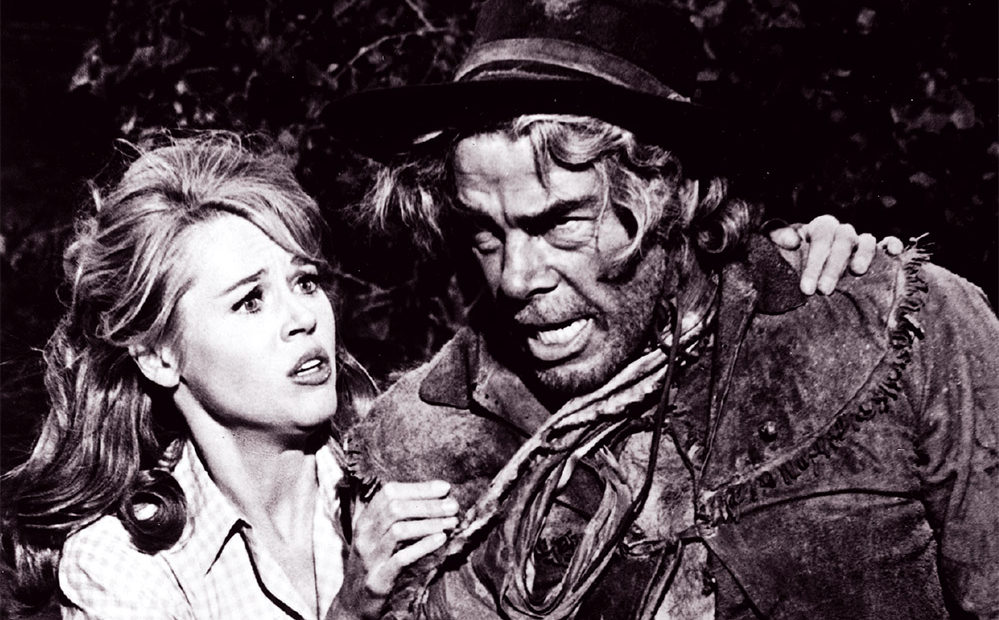By Pam Malouf
Along time ago (1976)… in a place f ar, far away (Van Nuys)… I was working at the very first ILM facility on “Star Wars,” in what we called “film control.” Back then, there was no digital, no CGI. Physical models were made of each spaceship, a star field was designed and physically built, a glowing engine required a separate camera pass, every laser was hand-animated. When a shot was completed, I’d put the negative of each element in a box and take it downstairs to the optical department to be composited together. I was also, as needed, the dailies projectionist (miniatures and 2nd unit elements).
One day I had all the movie’s color work-print reels (plus a B&W dupe) at ILM. I knew that no one was supposed to screen more than a reel at a time (because of secrecy and/or concern about early bad press?). I also knew that if we screened the color print and damaged it, then not only would I be busted but quickly terminated. Still… all of us working at ILM knew very little about what the actual movie looked like and we were dying of curiosity to see what we’d been toiling on for months.
The print and dupe would be gone the next day, so a clandestine viewing was now or never. New to the business (blissfully naive about politics and full of derring-do at age 20), I planned a “secret” screening. The “boss” of ILM, Jim Nelson, preferring to know nothing about the screening, and conveniently left early. That evening, I threaded up the 35mm B&W picture and magnetic track (dupe) as ILM model makers, miniature and optical effects cameramen, animators, optical printer operators, storyboard artists, illustrators, etc., filled our upstairs screening room.
In excited anticipation we held our collective breath to watch “Star Wars” for the first time. Imagine — no R2D2 beeps, no spaceship or gun lasers, no Foley, no music, no sound effects to speak of; the Millennium Falcon chess set was an empty board (the stop-motion “critters” weren’t done yet), spaceship cockpits had blue-screen backgrounds, the big space battle sequence had airplane war footage subbing for X-wings, Y-wings and various space ships; there was no James Earl Jones Darth Vader voice— and it was all viewed in B&W, no less.
The lights came on… Shock. Silence. “Oh man, we’re just working on a schlock low-budget Roger Corman sci-fi,” we thought.
Disappointed… but not deterred. We were all young, enthusiastic and excited about our futures in the entertainment industry! At the time, even the “old folks” were young — writer/director George Lucas was just 32 and special-effects genius John Dykstra was just 29. We were all goal-oriented and wanted to do the best we could do. We soldiered on.
Nonetheless, by late November 1976, it had become clear that we (ILM) could not finish the visual effects in time for the set release date of Memorial Day 1977. It was determined that we could have everything done by Labor Day — could Fox delay the release date?
Early December, I was told that we might be laid off and the movie canceled. My understanding was that we had gone over budget, that it would cost another $5 million to complete, so Fox might just cut their losses. Thanks to Alan Ladd, Fox decided to go for it.
They raised the budget but insisted on the Memorial Day release. From that moment on, ILM operated 24 hours a day. Perhaps naively, the entire ILM team of artists felt that whatever needed to be accomplished could be done or solved. Failure was not an option, was not even on our radar. We were too young to know any better.
Those long, difficult days in the trenches are part of why everyone at that first ILM, bonded, like family. We’ve had several reunions, including a 40th in 2017.
Obviously I didn’t get laid off. We made the deadline… and the rest is history.
Pamela Malouf, ACE, is a picture editor who has edited over 30 TV movies, multiple pilots, comedy, drama series and more. A DGA member, two-time Emmy and one-time ACE nominee, Pam retired with a 40-year IATSE Gold card. She can be reached at: 0709pamedit@gmail.com.








